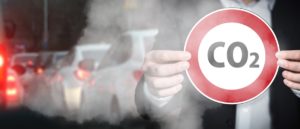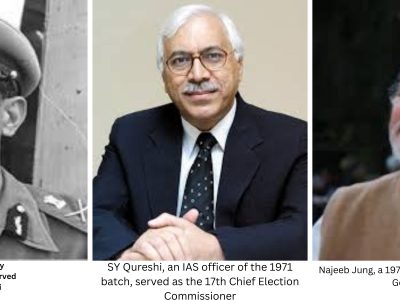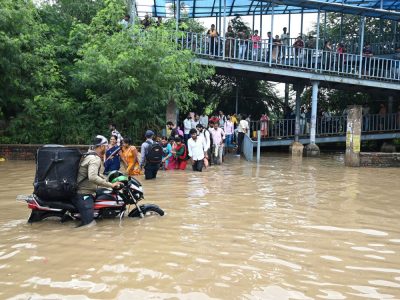While the conversations around air pollution heat up around the onset of winter in Delhi, local year-round factors are often overlooked
Despite the ban on firecrackers, norms were flouted and the sound of bursting crackers could be heard echoing in the Capital this Diwali. This was a nostalgic reminder of the years before — air quality deteriorating and reaching the severe categories.
Sunil Dahiya, an analyst at the Centre for Energy and Clean Air says that “Last moment decisions like the ban on crackers are mostly ineffective. This narrative that air pollution is bad for our health has been discussed for years, but nothing happens. People who burst crackers are not understanding the danger. The executive must act well in advance to implement such a ban.”
As per CPCB Data, on Saturday, Air Quality Index (AQI) spiked from 369 at 10 am to 405 at 3 pm, later in the day touching the 500 mark, which is highest in the CPCB index. This was seen in various locations across the city like Narela, Jahangirpuri, Bawana, Vivek Vihar — suggesting local factors contributed to air pollution. The concentration of PM 2.5 and PM 10 was at dangerous levels. PM 2.5 — the ultrafine particles — can be damaging to the lungs as they stick to the insides.
However, this time around meteorological conditions were favourable, As per scientists of CPCB, the wind speed helped in the dispersal of pollutants, light showers in some parts Delhi brought down the AQI to around 160 on Sunday which then again rose.
Delhi Police registered 1,206 cases and arrested 850 individuals in connection with bursting firecrackers. Police have also seized 1,314.42 kg of firecrackers. As per data, the number of people held for bursting crackers was higher than last year. Police issued Kalandara notice in some cases — which is sent under section 107 of CrPC, when no FIR is registered but a person accused has to appear before a court.

Not only that, as many as 205 calls were received by the fire department, including an unfortunate incident in Mundka, where a 28-year-old man was charred to death in a wood godown where a fire broke out.
Air pollution is a year-long problem in Delhi, and this week, a spike during Diwali received a lot of attention due to cracker bursting and stubble burning made worse by the onset of the winter season. No wonder it led to a political slugfest.
This year again the problem surfaced due to the spike in reported cases of stubble burning and brought with it Covid related concerns as various studies prove the relationships between Covid fatalities and air pollution.
Earlier, a petition was filed by a student Aditya Dubey in SC seeking a ban on stubble burning. This later prompted the constitution of a Permanent Commission for Air Quality Management (CAQM). This body with its jurisdiction covering Delhi and “adjoining areas” will tackle pollution.
However, concerns related to air pollution remained with no clarity on how this new body is going to deal with the problem.
A 2016 study by IIT Kanpur highlighted this 365-day phenomenon which increases around 28-30% during the winter season. IIT Kanpur collected data from six sites and from different sources in the city.
Their study reveals that during summer the concentration of PM10 is over 500 µg/m3 against accepted 100 µg/m3. The crustal component (Si + Al + Fe + Ca) forms about 40% of the total PM10 in summer, from fly ash of thermal power plants, vehicles and air dust. PM10 level reaches around 600 µg/m3. However, on the day of Diwali this year, PM10 concentration reached up to 2,000 µg/m3.
PM 2.5 during summer reaches 300 µg/m3 against the acceptable level of 60 µg/m3. The main component of PM2.5 are secondary particles (NO₃⁻ + SO₄⁻² + NH₄⁺), which account for about 17% of total PM2.5 and combustion-related total carbon (EC+OC) accounts for about 9%. The study also found that in the Okhla area, where a waste to energy plant is located, crustal fraction is highest. During winter PM 2.5 reaches 375 µg/m3, while crustal components reduce up to 3.5%, due to government action during winter.
This clearly shows that the spike in pollution comes during winter but pollution remains year-round, originating from local reasons like vehicles, road dust, thermal plants, and construction activities — while big polluters who are responsible for this, keep on polluting the city. Dahiya explains, “We always discuss the spikes during the winter season, whether it’s biomass burning or crackers but this somehow allows big polluters to escape scrutiny.”





